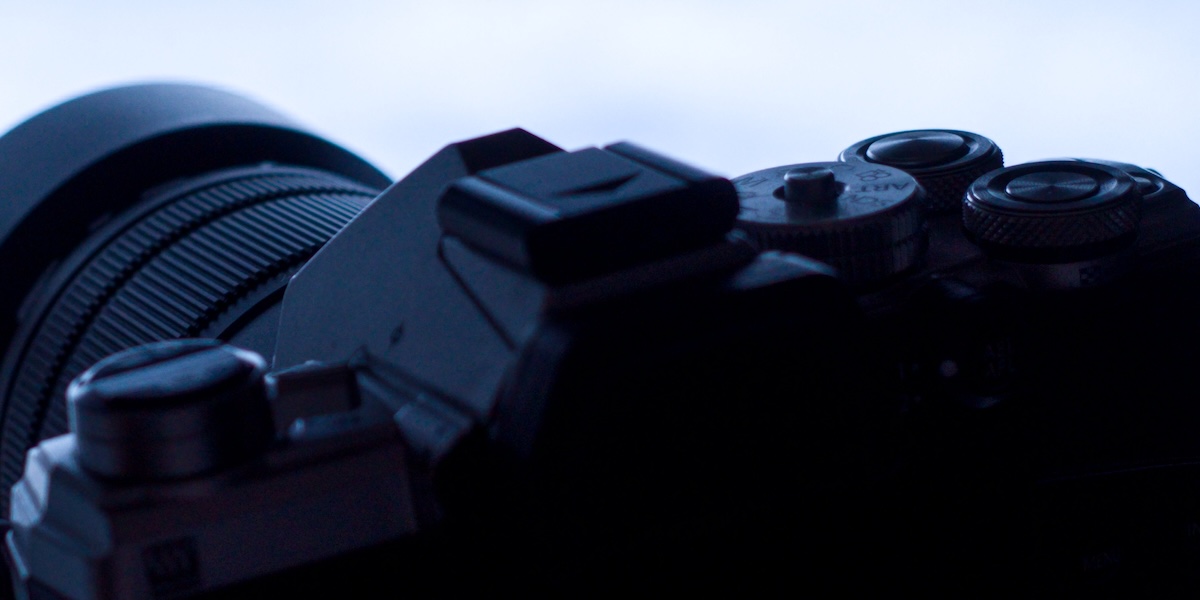What the F-stop?
A deep dive into the world of camera settings and why they don't always matter.
In the early 90s, I inherited my dad's old Yashika 35mm film camera. With no formal training, I simply pointed and shot, capturing moments with pure joy. Despite my limited understanding of exposure, focus, and shutter speed, I found immense satisfaction in the process. Those early photographs, stored in a shoebox, remain a testament to the power of unfiltered creativity.
Fast forward to 2018, my passion for photography rekindled with the acquisition of a DSLR. I delved deep into the technical aspects, spending countless hours mastering exposure triangles, aperture settings, and shutter speeds. While this knowledge undoubtedly enhanced my technical skills, it didn't necessarily translate into artistic growth. I realized that true photographic expression goes beyond mere technical proficiency.
Technical proficiency is essential, but it's the creative application of those techniques that truly distinguishes an artist. The choice of settings is a stylistic decision, not a technical one.
The pursuit of perfection often stifles creativity. By focusing too heavily on achieving the "correct" exposure or the "ideal" composition, we risk losing sight of the essence of photography: capturing emotions, telling stories, and evoking feelings. It's easy to get caught up in the minutiae of camera settings, but the real magic lies in the photographer's eye and the intent behind each shot.
I eventually returned to my roots, embracing a more intuitive approach to photography. I began to experiment with different settings, not as a means to an end, but as tools to express my vision. I learned to trust my instincts, to break the rules, and to embrace the unexpected. By letting go of preconceived notions and rigid guidelines, I discovered a newfound freedom in my photography.
My advice to aspiring photographers is to prioritize practice over perfection. Learn the basics, of course, but don't let technical knowledge become a barrier to creativity. The most important thing is to have fun and let your imagination run wild. By simply going out and capturing the world around you, you'll develop your own unique style and perspective.
Remember, photography is not about the gear or the settings; it's about the story you want to tell. So, the next time you pick up your camera, leave your worries behind and let your creativity flow.
Here are some additional tips to help you unleash your inner photographer:
- Find Your Inspiration: Explore different styles of photography, from street photography to landscape photography to portraiture. Find what inspires you and let it guide your creative process.
- Experiment and Play: Don't be afraid to try new things and experiment with different techniques. The more you experiment, the more you'll discover about your own style.
- Learn from Others: Study the work of other photographers, both past and present. Learn from their techniques, their compositions, and their storytelling abilities.
- Join a Photography Community: Connect with other photographers, share your work, and get feedback. This can be a great way to learn and grow as a photographer.
- Most Importantly, Have Fun: Photography should be enjoyable. Don't take it too seriously. Just go out and have fun capturing the world around you.
By following these tips and embracing a more intuitive approach to photography, you can unlock your full creative potential and create stunning images that truly reflect your unique vision.
